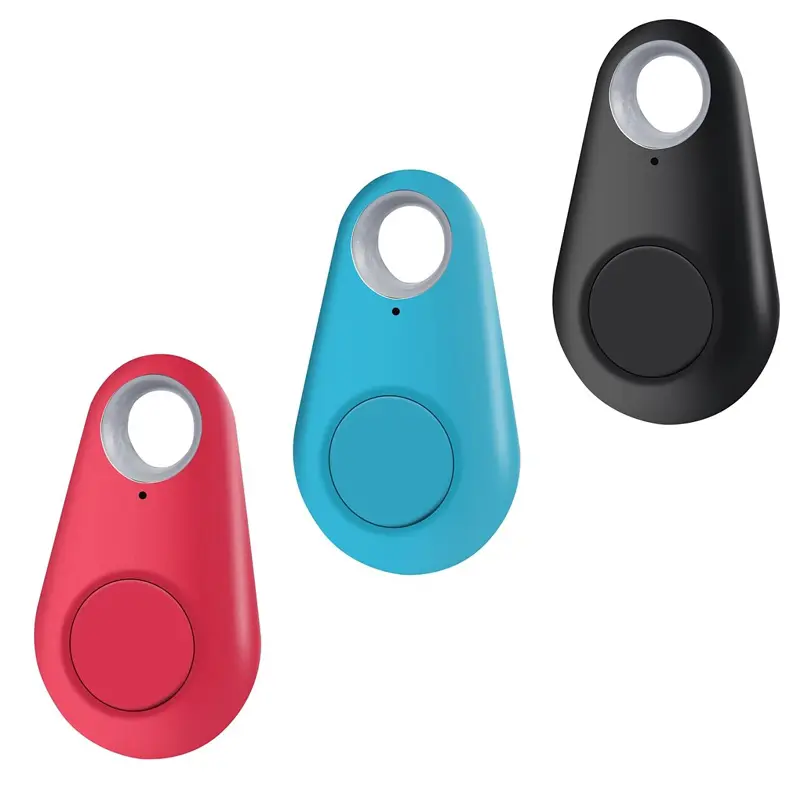Pet trackers are small devices that attach to your dog's collar and usually use a combination of GPS and cellular signals to keep you informed of your pet's whereabouts in real time. If your dog goes missing -- or if you just want to know where it is, whether it's hanging out in your yard or with other caretakers -- you can use the tracker's smartphone app to locate it on a map .
These devices are very different from the small microchip identification tags implanted under the skin of many dogs. Microchips rely on someone finding your pet, "reading" it with a specialized electronic tool, and contacting you. In contrast, a GPS pet tracker allows you to actively track your lost pet in real time with high precision.
Most GPS pet trackers also allow you to create a safe zone around your home—defined either by being close enough to still be connected to your WiFi, or by staying within a geofence that you demarcate on a map—and then alert you if your dog leaves that zone. Some also let you designate danger zones and alert you if your dog is approaching a busy street, say, or a body of water.
Most of the devices also serve as a fitness tracker for your pooch, helping you set daily exercise goals based on their breed, weight, and age, and letting you know how many steps, miles, or active minutes your dog is getting each day and over time.
Understand Pet Tracker Limitations
Despite the generally solid tracking performance, none of these devices flawlessly delivered up-to-the-moment info on my dog’s whereabouts. That’s partly by design: In order to preserve battery power, the trackers typically geolocate only once every few minutes—and, of course, a dog can go a long way in that amount of time.
Post time: Feb-02-2023

